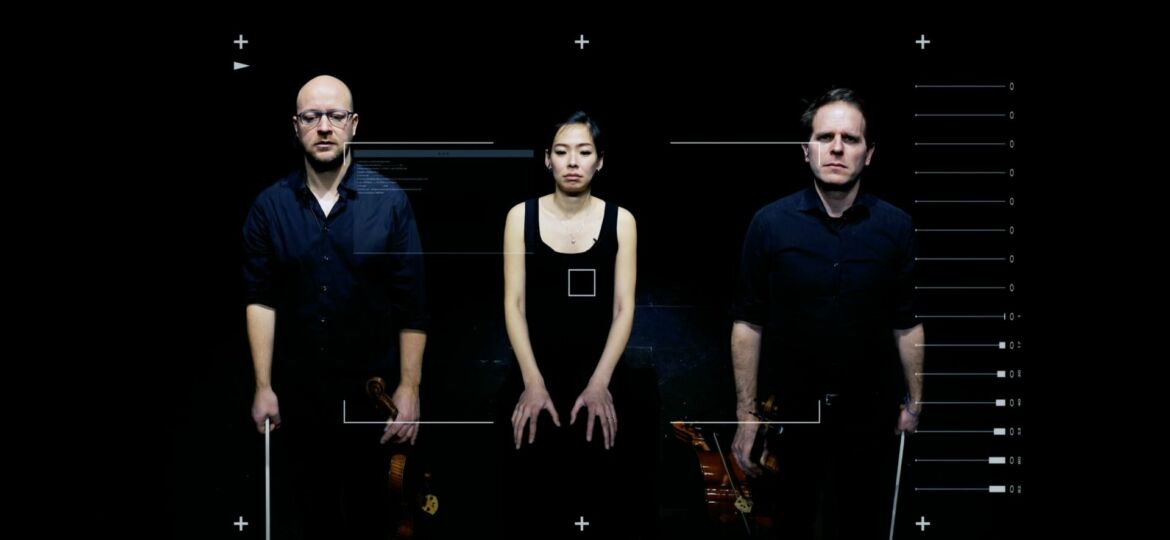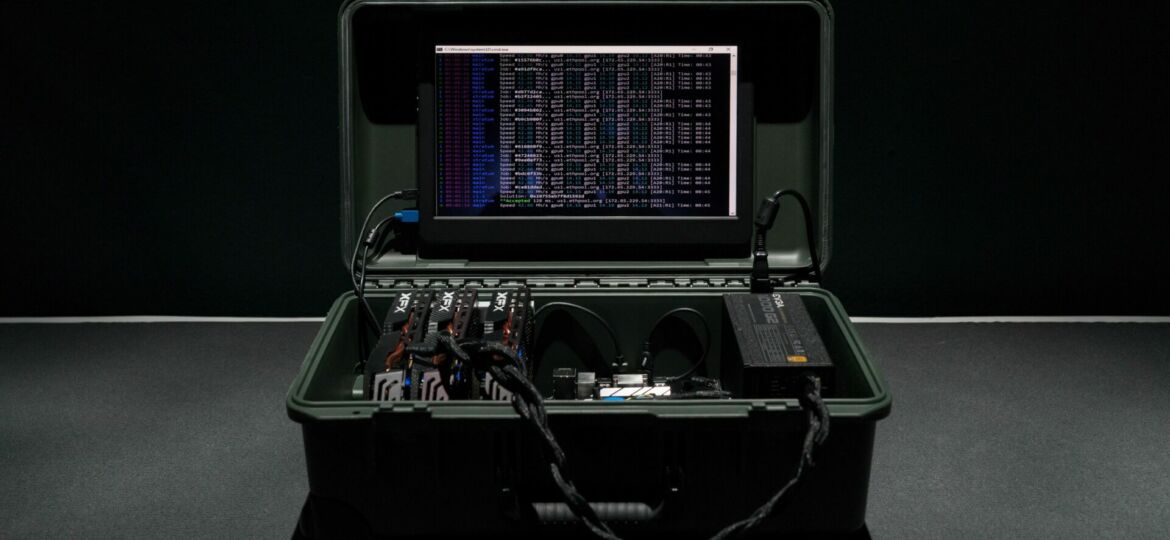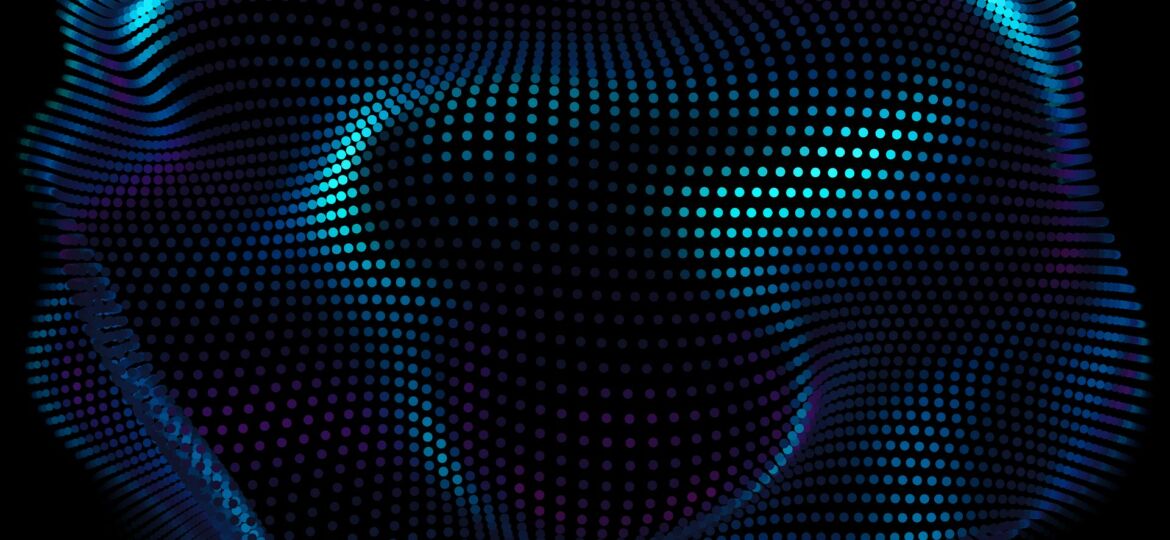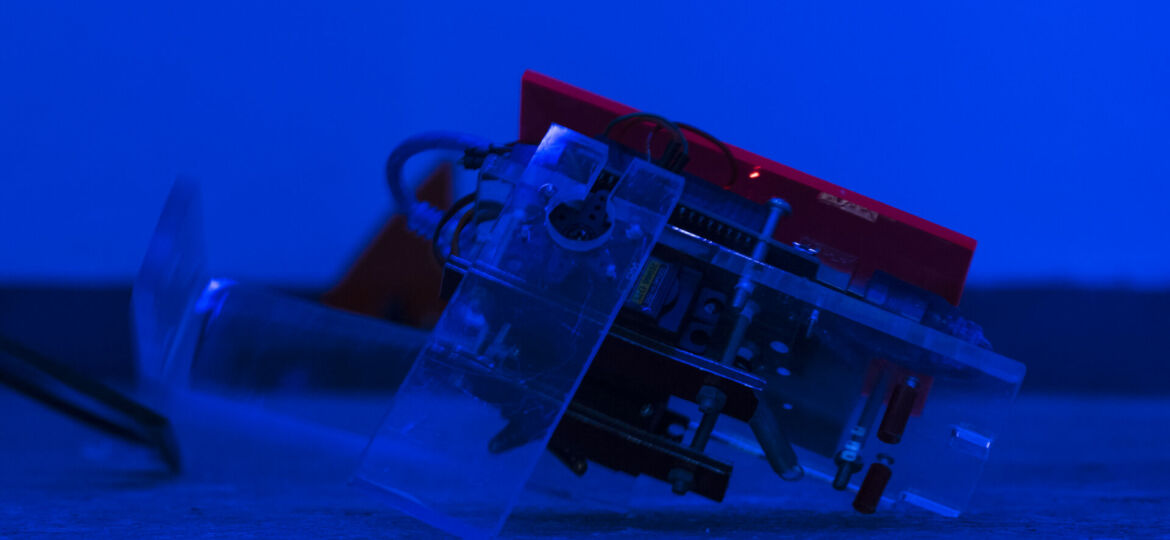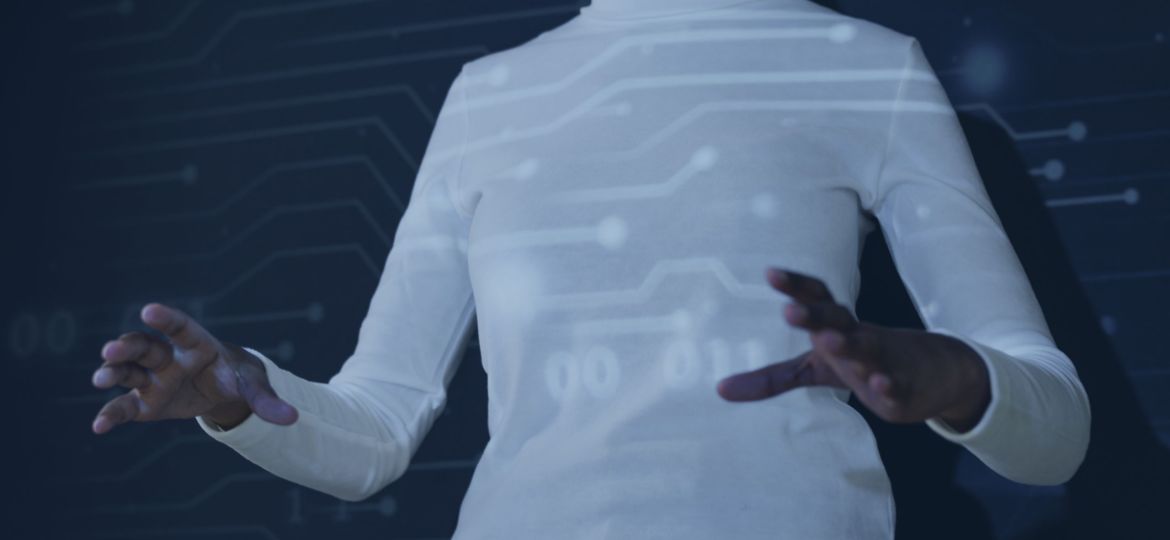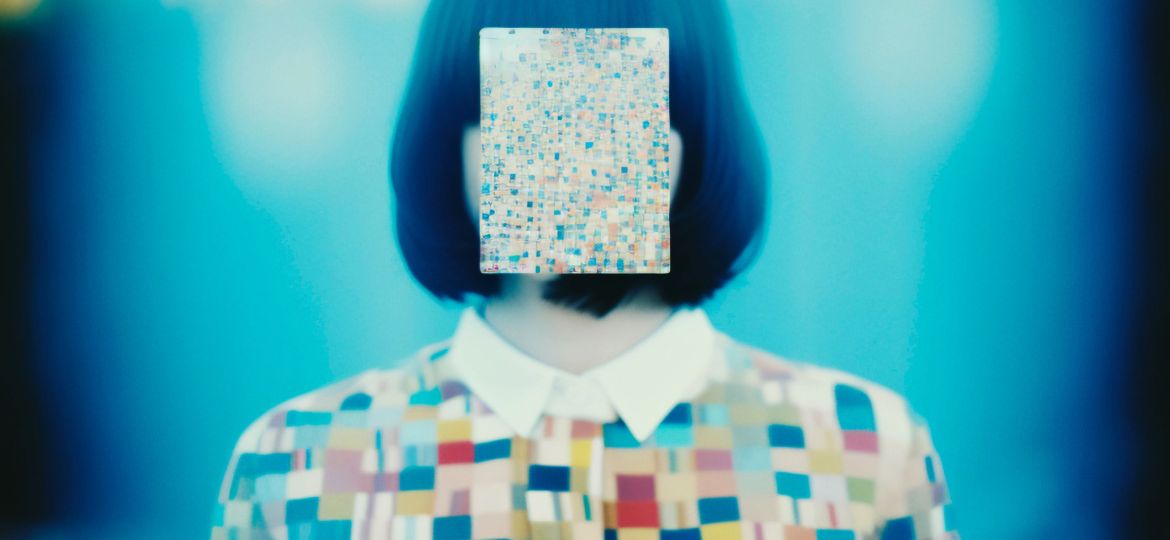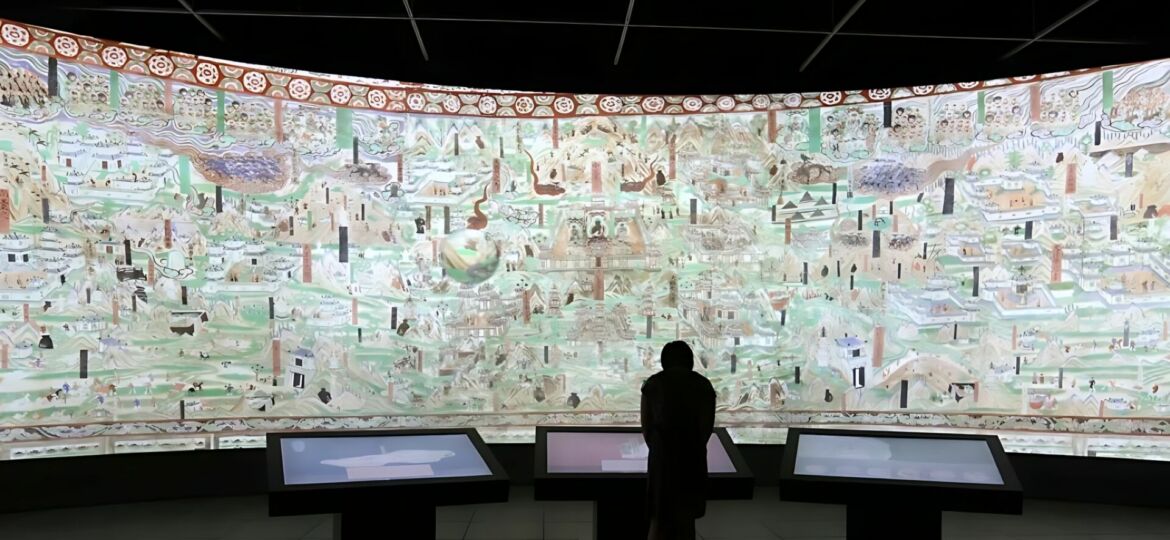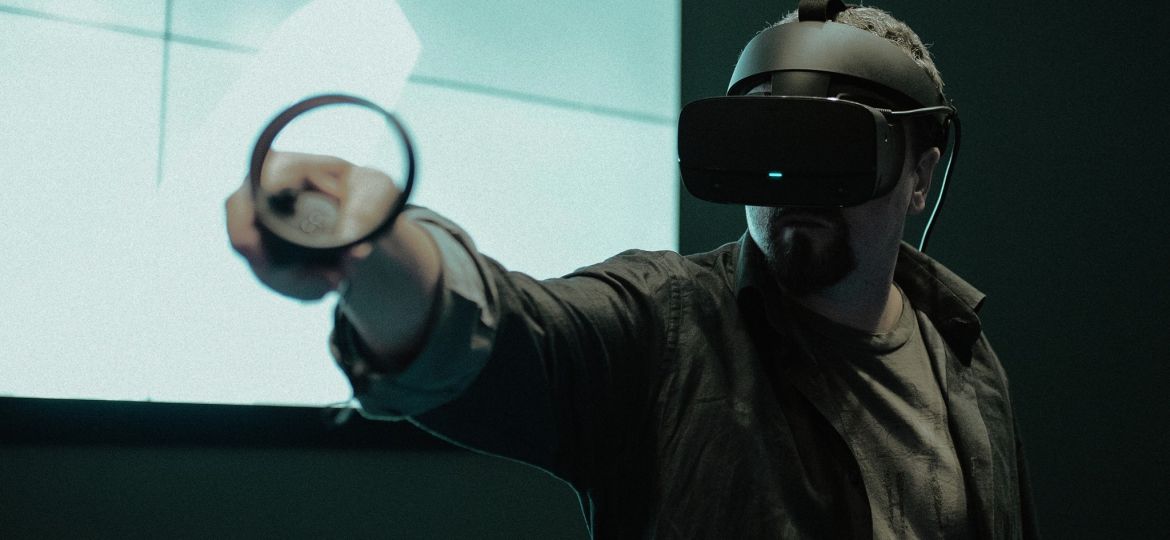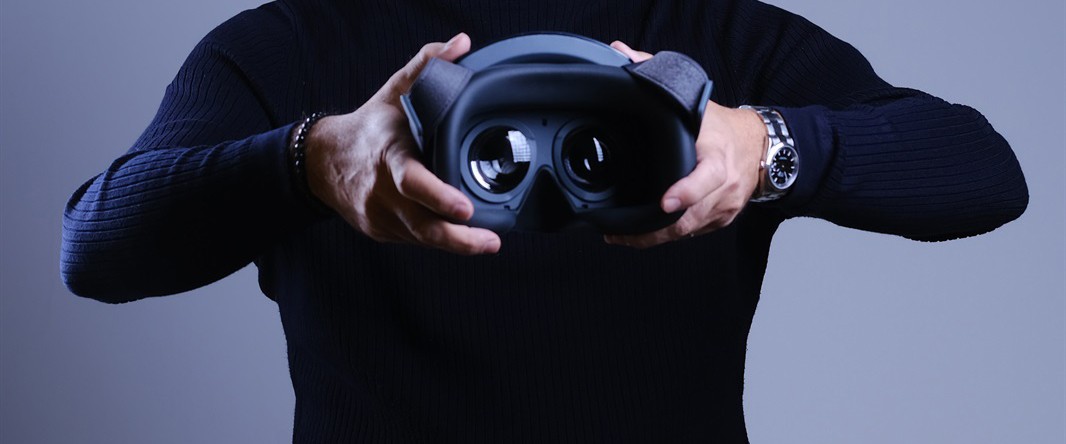Exiting the pandemic was like waking up in another era. Suddenly each of us had at our disposal artificial intelligences capable of solving complex problems, generating all kinds of images or even writing and interpreting songs.
Crossing limits when the boundaries have already blurred.
This is, according to Sergio Amati, general manager of Lab Italia, the winning approach for the future that awaits us, and this is the philosophy behind Intersections, the mega-event scheduled to take place in Milan on 29 and 30 October at the Allianz MiCo: two days of conferences, workshops and exhibitions with international speakers. For the first time Iab forum, backed by a twenty-two-year tradition, is joining forces with If Italian Festival. A step backwards? Quite the opposite: the idea is precisely to show itself even stronger. ‘It is no longer just our forum, but the appointment of several subjects who want to count more, who want to network’. A choice that came practically natural in a world where marketing, creativity and technology in the age of AI coexist and converge: in fact, blurring their boundaries. ‘We realised, in short, that the time had come to systemise these two events that have been moving in parallel for too long and finally bring them together, thus sending a strong signal from the Industry’.
João Enxuto and Erica Love collaborate on projects that examine the dynamics of value and labor in creative economies. Enxuto received an MFA in Photography from RISD and Love holds BAs from Brown University in Economics and Visual Arts and an MFA from UCLA. Together they were fellows at the Whitney Museum Independent Study Program and were awarded a New York Foundation for the Arts Artist Fellowship (2023 & 2017) and a Creative Capital Andy Warhol Foundation Arts Writers Grant.
Primavera De Filippi is a member of the EU Blockchain Observatory and Forum and a permanent researcher at the National Centre for Scientific Research (CNRS) in Paris. She collaborates as associate faculty with the Berkman Klein Center for Internet & Society at Harvard University and is a Visiting Fellow at the Robert Schuman Centre for Advanced Studies at the European University Institute. She is a member of the World Economic Forum’s Global Future Council on Blockchain Technologies and a co-founder of the Internet Governance Forum’s (IGF) Dynamic Coalitions on Blockchain Technology (COALA).
Mozzarella Light is the artistic duo composed of Giulia Ciappi (Poggibonsi, 1997) and MarcoFrassinelli (Rome, 1992). They trained at the Academies of Fine Arts in Florence and Rome, where they graduated in Sculpture, and at the Universidad del País Vasco in Bilbao, Spain, doing workshops and residencies in the USA, Greece and Israel.
The usage modes and integrative processes of the technologies we use on a daily basis seem to be shaped and shaped solely through the computing and aesthetic interfaces that filter user-instrument interaction. Yet it is the normative, ethical, and legislative plans that should be at the center of the processes of educating, training, and shaping the development of the technologies we use.
Every new technology brings with it the promise of a technological revolution, but quite often, this promise is not kept. Indeed, rather than generating progress, advances in technology may actually increase inequality, by giving certain social groups even more advantages over other, already disadvantaged groups. Diletta Huyskes turns a spotlight on the paradoxes that the introduction of new technology gives rise to in a volume entitled Technology of the Revolution, published by “il Saggiatore”.
Imagine being able to move back in time and visit the ancient Buddhist Mogao caves in Dunhuang at the peak of their splendour, travelling along the Silk Road with merchants and pilgrims, as described in The Travels of Marco Polo. For some time now, this idea has no longer belonged to the world of science fiction. A visit to the Mogao caves, one of the most important Buddhist sites in China, begins with an immersive video experience that takes visitors back to the times of the great trade routes along the Silk Road, in the centuries when the Dunhuang oasis in the Gansu province was the crossroads of culture and merchandise coming from Central Asia.
Can urban space and virtual space coexist? And how can digital art redesign the streets, structures and the façades of the buildings? There is a surprising and underrated meeting point between immersive technologies and urban art: in the hands of street artists, we see that virtual and augmented reality become tools capable of amplifying an artist’s creative range exponentially, liberating the art from every law of physics (and from the bureaucratic laws as well). Thus, street artists, who were the first to reappropriate urban space for themselves, also became the first to “colonize” and navigate virtual space, the new frontier of the public world.
In recent years there has been a lot of talk about metaverse, especially since October 2012, when Mark Zuckerberg, founder and owner of Meta, announced his intention to change the name of Facebook Inc. to Meta, staking everything on this technology. Although it is a widespread buzzword, few people truly understand what metaverse actually is and how it works.


